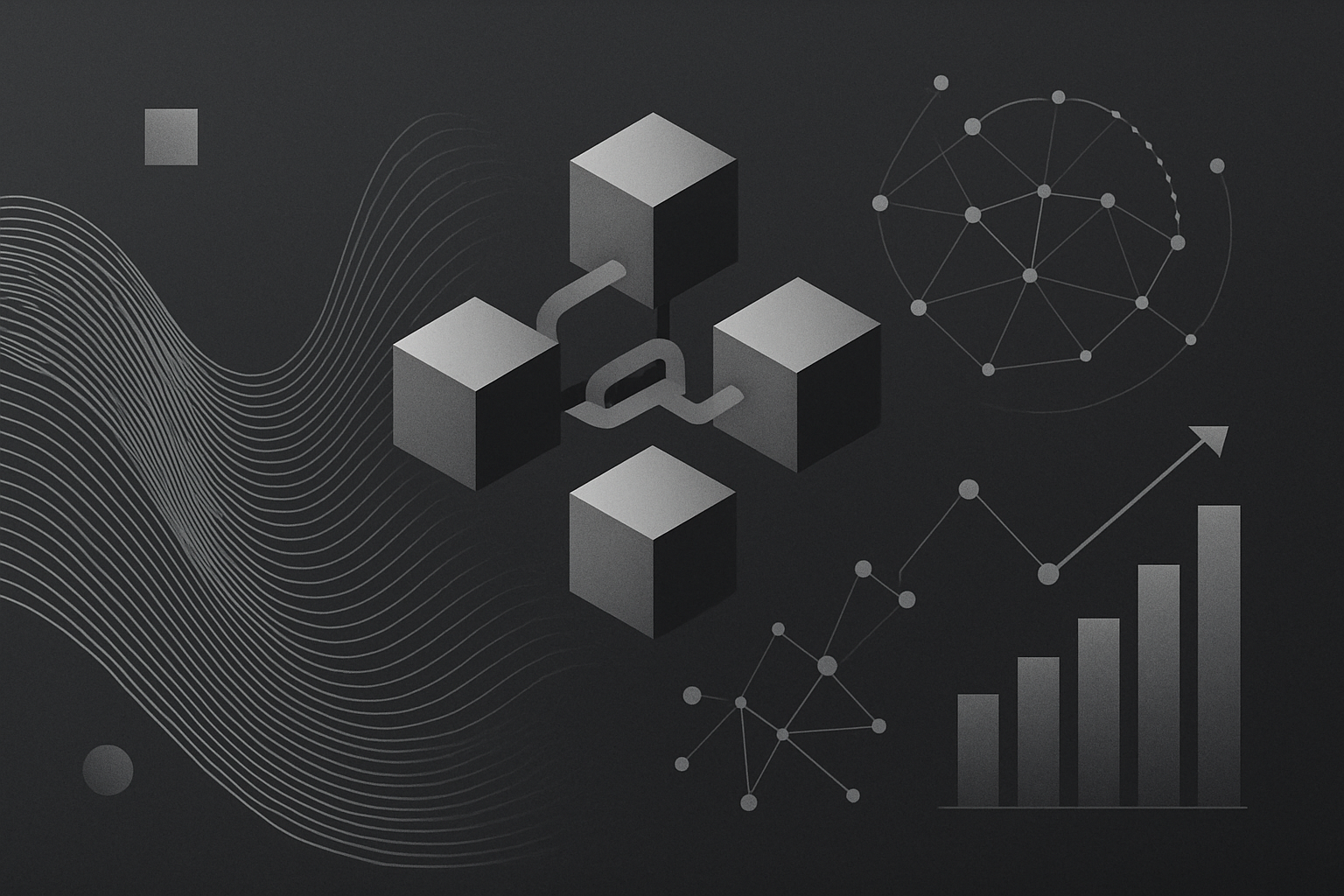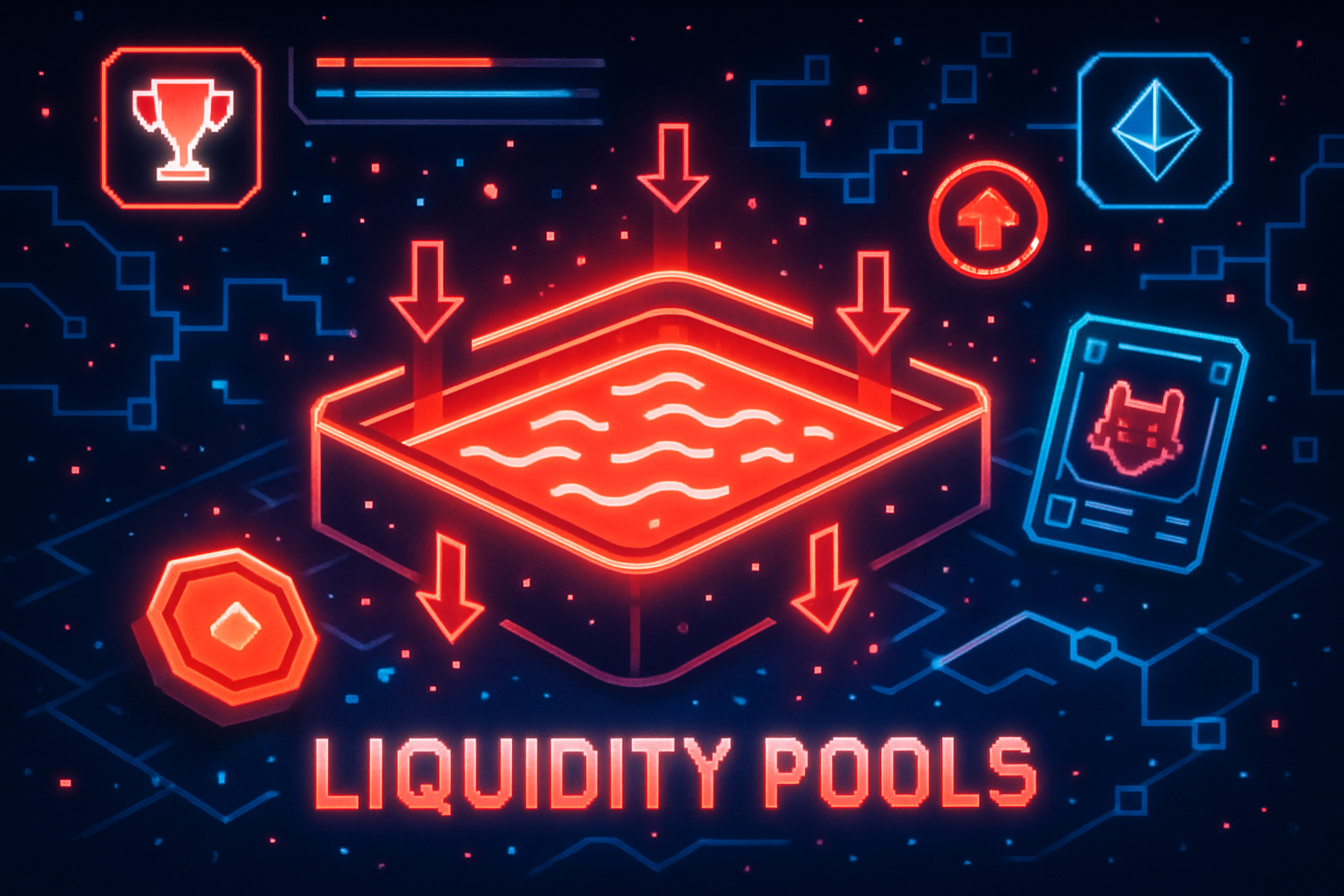
Blockchain scalability remains the central bottleneck for mainstream adoption, especially for high-throughput decentralized applications. Solana, with its unique Proof of Stake consensus and high throughput, has already pushed the boundaries of what is possible on a single-layer blockchain. Yet, as demand for real-time applications like gaming and high-frequency trading intensifies, even Solana’s performance faces new challenges. Enter Ephemeral Rollups: a transformative solution that leverages the Solana Virtual Machine (SVM) to deliver adaptive and elastic scalability without fragmenting state or introducing complex trust assumptions.

What Makes Ephemeral Rollups Unique?
Unlike traditional Layer 2 solutions that require bridges or new tokens, Ephemeral Rollups operate as temporary, on-demand execution environments. They allow developers to process transactions with ultra-low latency, achieving state transitions in about 10 milliseconds, without sacrificing composability or access to Solana’s deep liquidity. This architecture is particularly compelling for use cases where responsiveness and throughput are non-negotiable, such as on-chain gaming and decentralized finance (DeFi) platforms.
The core innovation lies in the ability to delegate specific accounts to custom SVM validators optimized for performance. These validators bypass the usual consensus and gossip protocols, unlocking transaction speeds that rival centralized systems while maintaining blockchain security guarantees. When the session ends, state changes are verified by a security committee and settled back onto Solana’s main chain.
Key Features Driving Adoption
Top 5 Features Making Ephemeral Rollups Essential for Solana Scalability
-
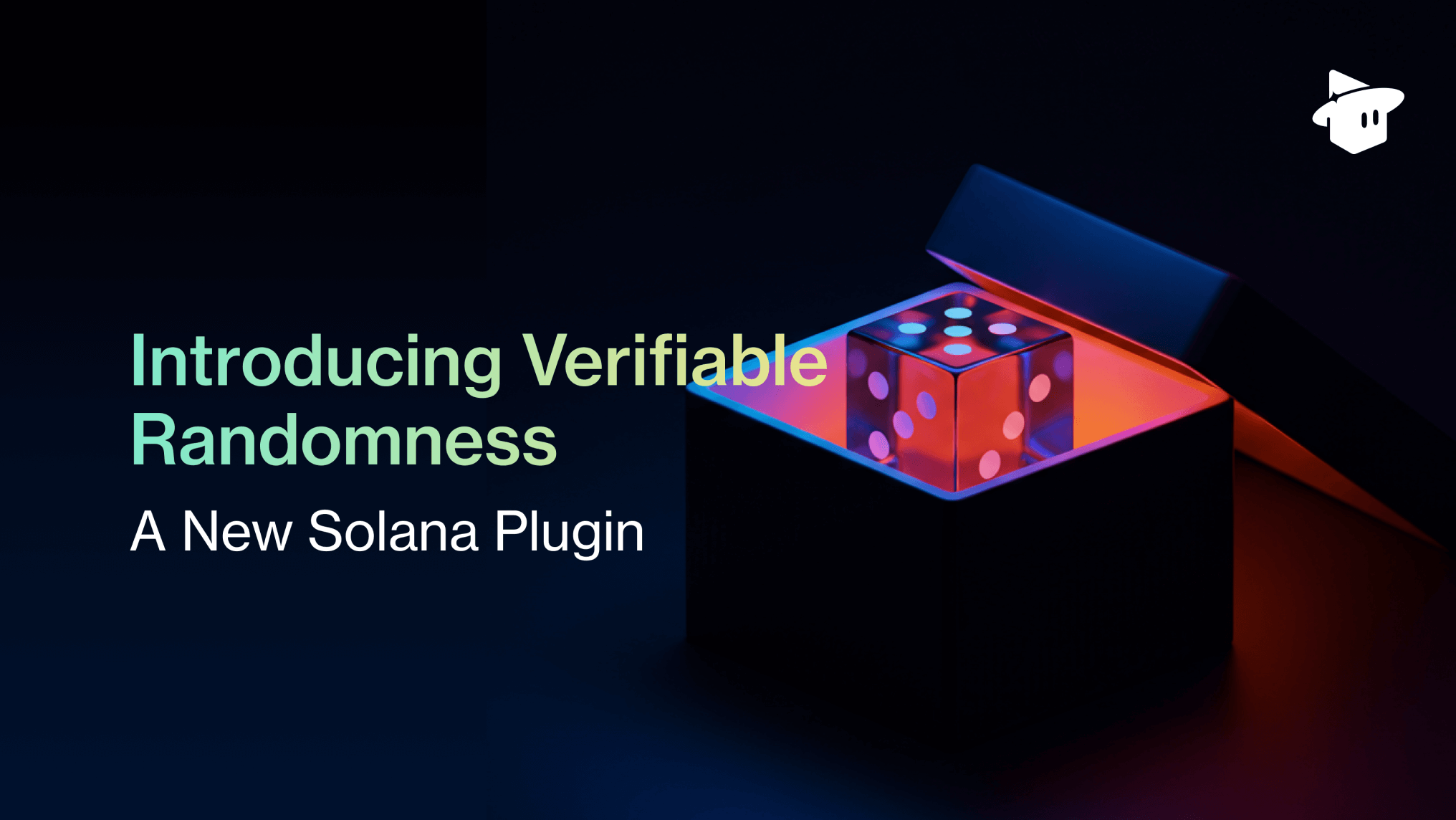
Ultra-Low Latency Execution: Ephemeral Rollups enable transaction processing with end-to-end latencies below 50 milliseconds globally, far surpassing traditional blockchain speeds. This is achieved by bypassing consensus and gossip protocols, making them ideal for real-time applications like gaming and high-frequency trading.
-
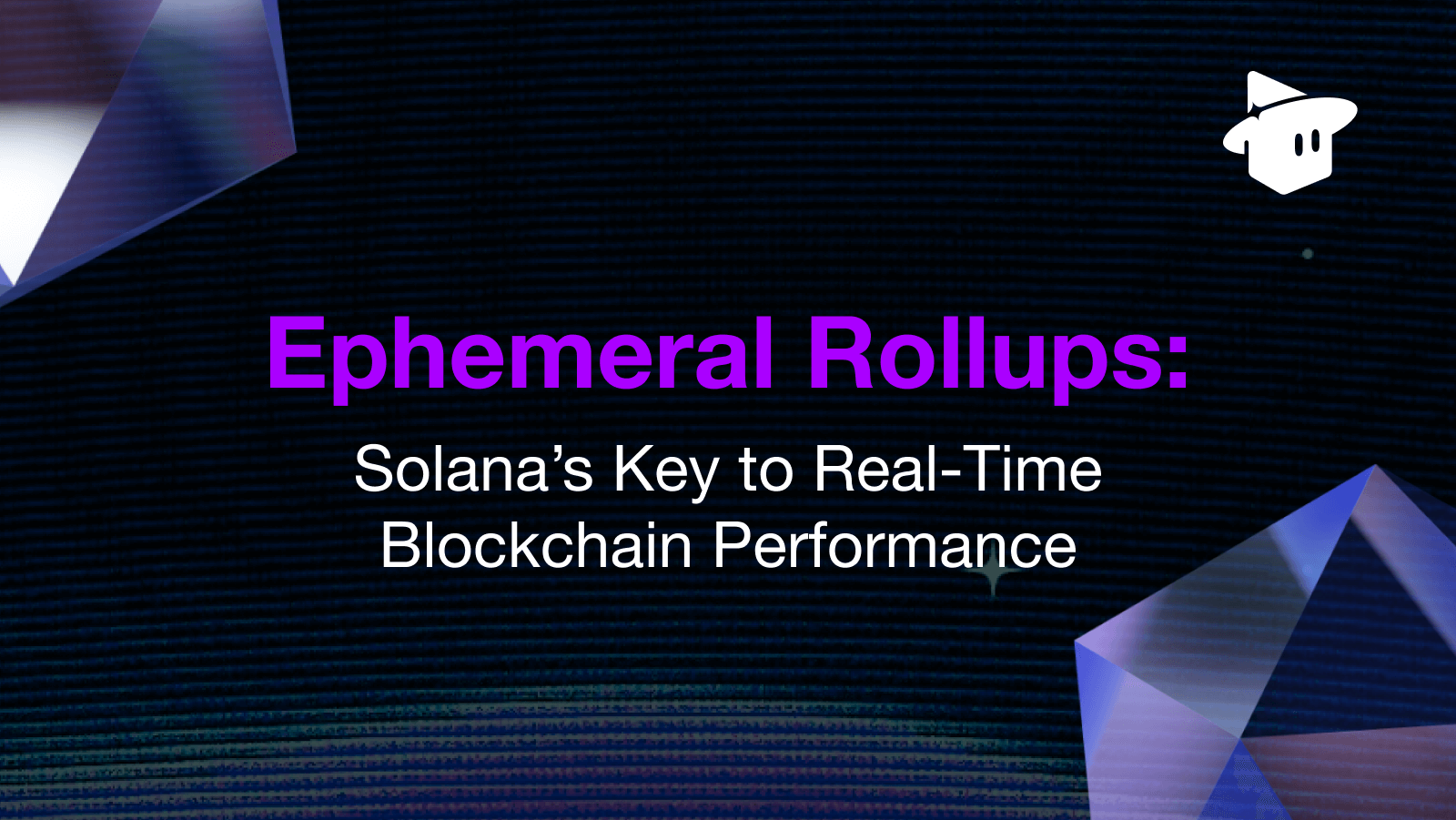
Gasless Transactions: By eliminating transaction fees, Ephemeral Rollups make microtransactions and mass user participation economically viable. This zero-fee model is especially advantageous for on-chain games and applications with high transaction volumes.
-
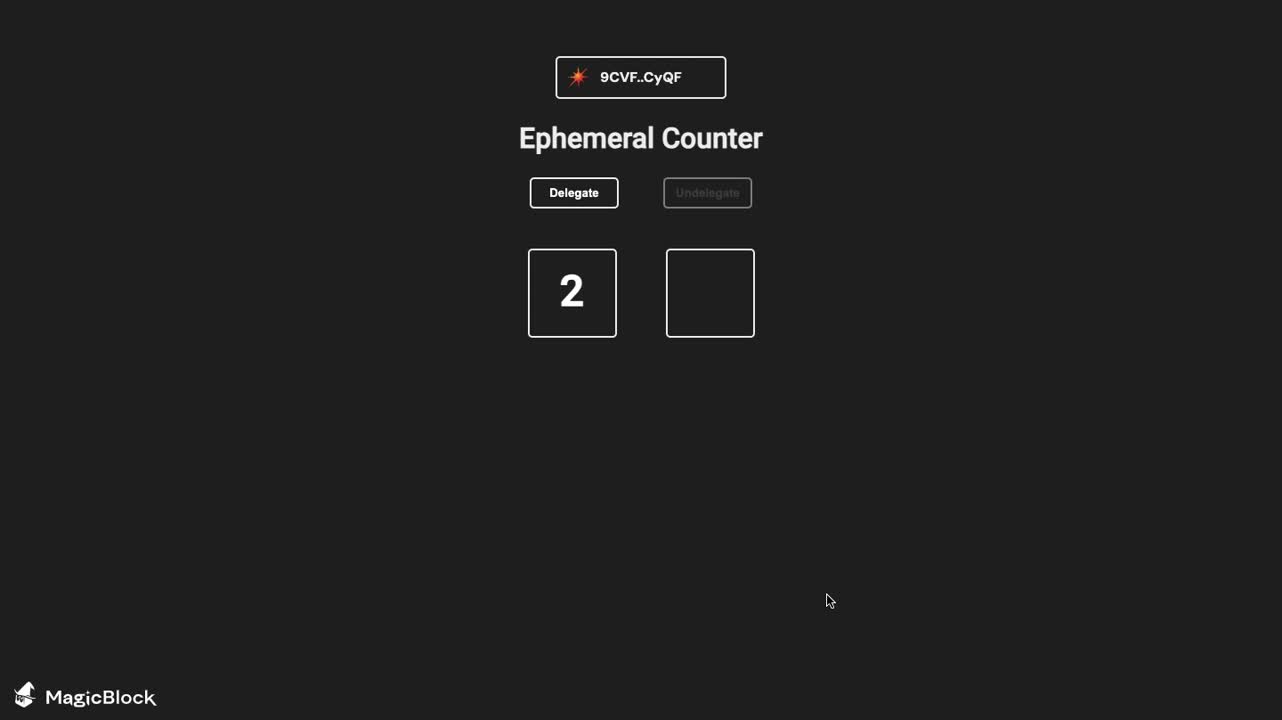
Horizontal Scalability: Ephemeral Rollups support millions of transactions per second through on-demand, parallel execution environments. This ensures Solana can handle surges in network activity without performance degradation or state fragmentation.
-
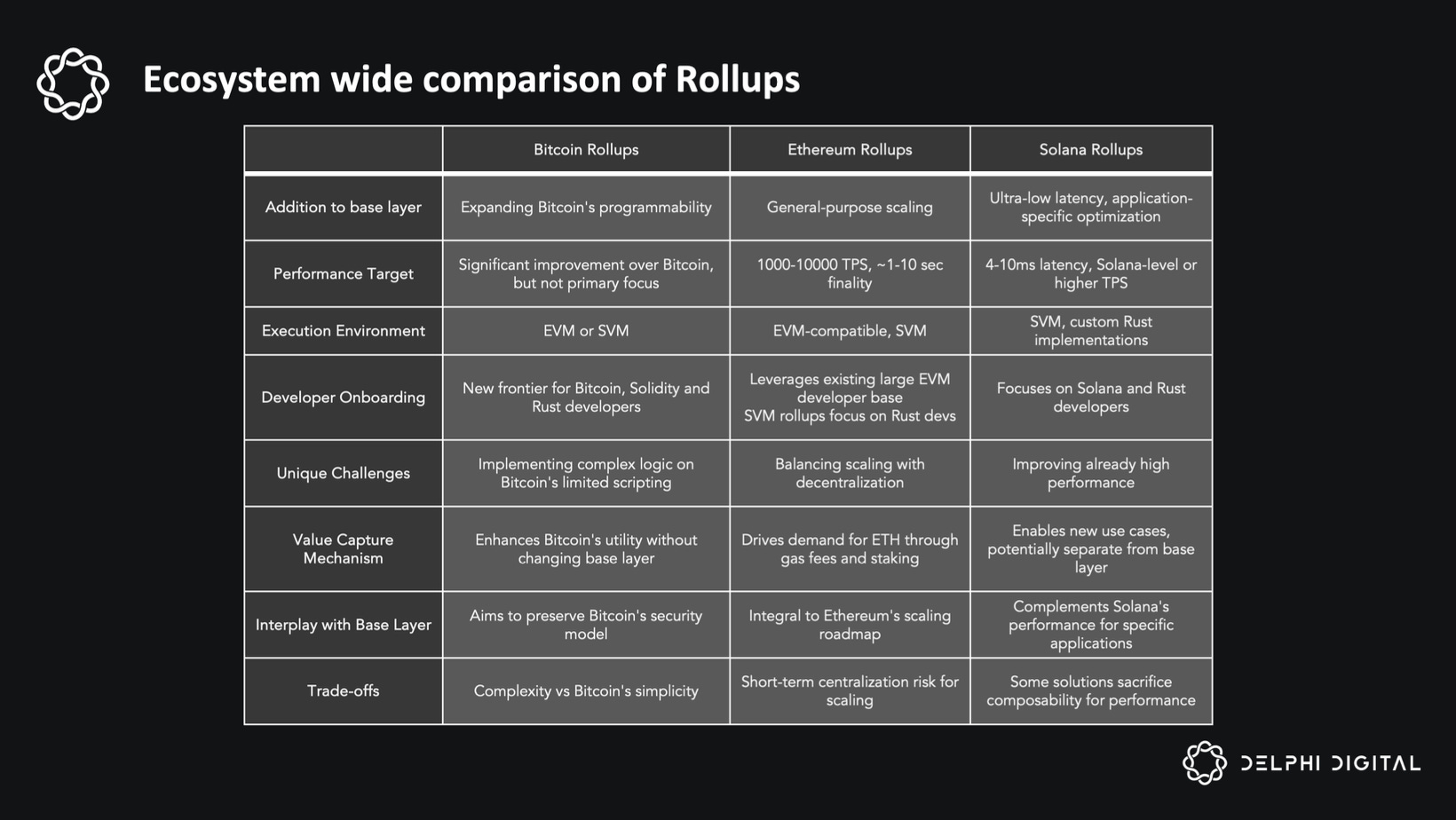
Preserved Composability and Liquidity: Unlike traditional L2 solutions, Ephemeral Rollups maintain full composability with Solana’s main chain. Assets remain on-chain, so dApps retain seamless access to Solana’s liquidity and ecosystem without complex bridging or new tokens.
-
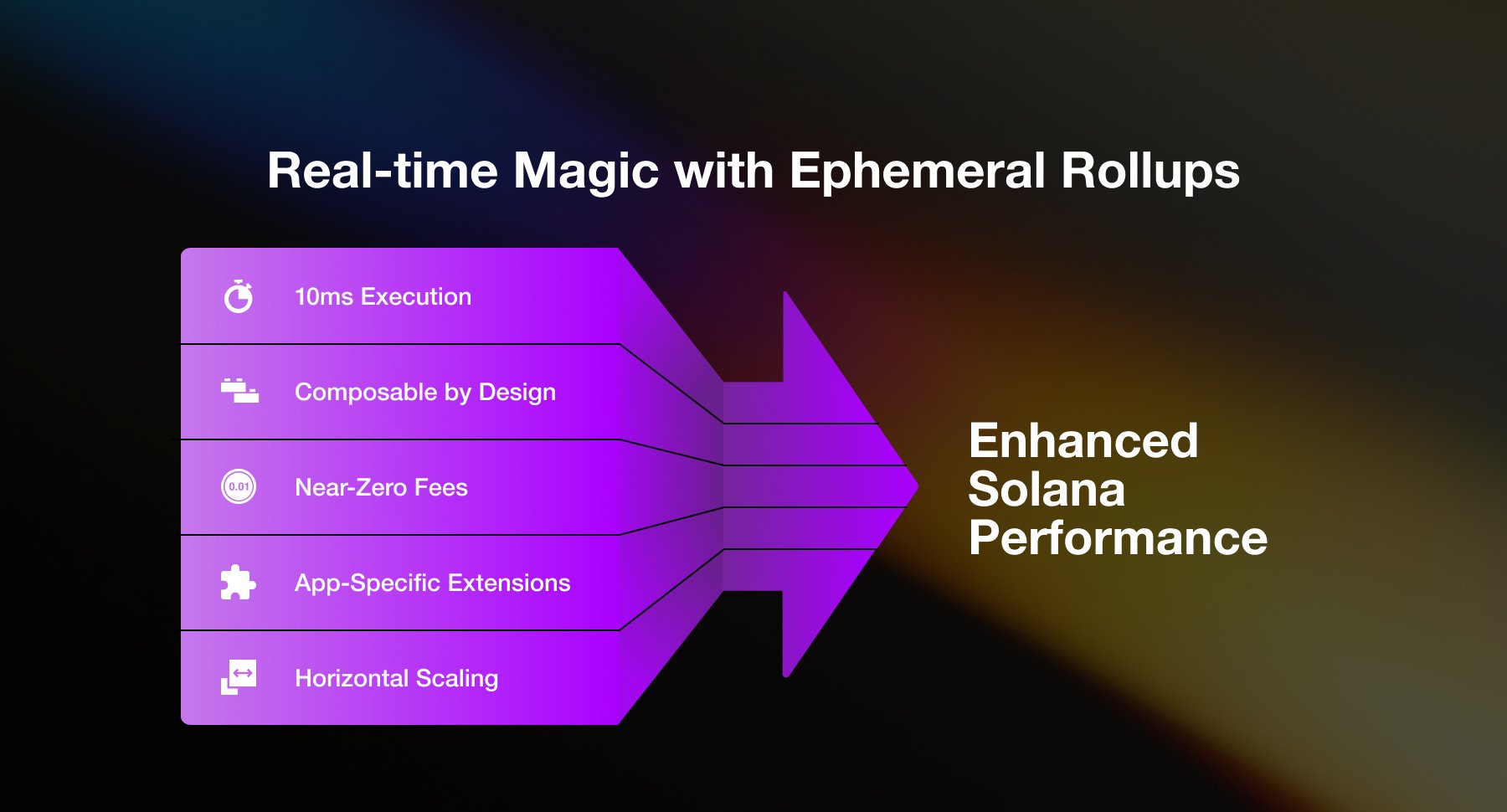
Secure and Seamless State Settlement: After high-speed execution, state changes from Ephemeral Rollups are verified by a security committee and committed back to Solana’s main chain. This process ensures both the security and finality of transactions without compromising trust assumptions.
Ultra-Low Latency: By design, Ephemeral Rollups achieve global end-to-end latencies below 50 milliseconds, a crucial requirement for real-time games and trading platforms.
Gasless Transactions: Zero-fee transactions eliminate friction for microtransactions, making mass adoption more practical for both developers and users.
Horizontal Scalability: On-demand rollups enable the network to handle millions of transactions per second without performance degradation or state fragmentation.
Preserved Composability: Assets remain on the main chain throughout the rollup session, ensuring seamless interoperability with the broader Solana ecosystem, no bridges or wrapped tokens required.
Customizable Execution Environments: Developers can fine-tune parameters such as block time and fee structure per rollup session, optimizing for specific application needs.
How Ephemeral Rollups Work Under the Hood
The process starts with state delegation: developers lock certain accounts on the main Solana chain and assign them to high-performance SVM validators. These validators process transactions off the main chain at lightning speed, while the locked accounts remain readable by other dApps, a feature that preserves composability and reduces friction for cross-application interactions.
Once the rollup session concludes, a security committee verifies all state changes before committing them back to Solana’s mainnet. This ensures that even though execution is offloaded for speed, finality and trust assumptions remain robust. This approach sidesteps the need for complex bridging mechanisms or new token standards, a frequent pain point in other L2 scaling models.
Real-World Impact: Gaming, DeFi, and Beyond
The implications of this technology ripple far beyond theoretical scalability gains. For gaming, Ephemeral Rollups enable experiences indistinguishable from centralized servers, think real-time multiplayer action with sub-50 ms latency, all while preserving the benefits of blockchain transparency and composability. High-frequency trading platforms can execute millions of transactions per second without clogging the main chain or incurring prohibitive fees.
This isn’t just incremental progress; it represents a paradigm shift in how developers approach scalability on Solana. For further reading on how elastic blockchain scaling is changing Solana and beyond, see this analysis.
As Ephemeral Rollups move from concept to production, their impact is already being felt across Solana’s most demanding verticals. Notably, decentralized gaming studios are leveraging this architecture to deliver seamless, real-time gameplay, without the friction of gas fees or the complexity of cross-chain asset management. For DeFi, the ability to process high-frequency trades and settlements at scale, all while maintaining composability with the broader Solana ecosystem, is a competitive advantage that simply wasn’t possible with legacy scaling solutions.
One of the most significant advantages is the elimination of liquidity silos. By keeping all assets on the main chain, Ephemeral Rollups allow dApps to tap into Solana’s full liquidity pool, sidestepping the fragmentation seen in traditional L2 approaches. This is particularly relevant as the current Binance-Peg SOL (SOL) price stands at $192.99, with volatility driving increased on-chain activity and demand for scalable, low-latency infrastructure. When network congestion spikes, Ephemeral Rollups offer a pressure valve, enabling applications to scale horizontally without bottlenecking the mainnet or sacrificing user experience.
“Ephemeral Rollups are not just about scaling throughput, they’re about enabling new classes of applications that were previously unthinkable on-chain. “
Developers now have the flexibility to spin up and down dedicated execution environments as needed, optimizing resource allocation without long-term overhead. This elasticity is a direct response to the unpredictable and bursty nature of Web3 traffic, especially during NFT mints, in-game events, or market surges. For a deeper dive into the technical mechanics and real-world deployments, reference this detailed technical overview.
Challenges and Considerations
While the promise is clear, Ephemeral Rollups also introduce new engineering and security considerations. The temporary nature of these rollups means robust monitoring and rapid state verification are critical. Security committees play a central role in ensuring that off-chain execution cannot compromise main chain integrity. This introduces a new layer of governance and operational complexity, especially as adoption scales.
Another key area is developer education. Building for Ephemeral Rollups requires a nuanced understanding of state delegation, validator selection, and session management. Tooling and documentation are improving rapidly, but teams must be diligent in architecting their dApps to fully leverage these benefits without introducing new risks.
Checklist for Deploying dApps with Ephemeral Rollups on Solana
-
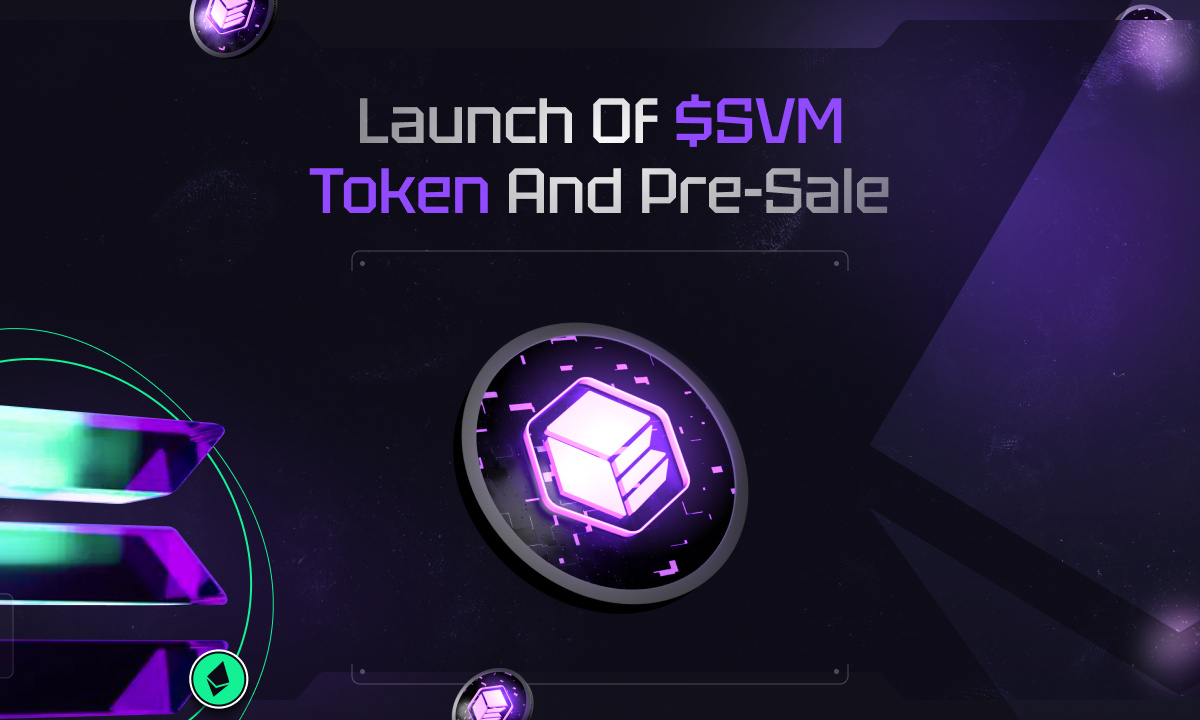
Understand Solana Virtual Machine (SVM) Integration: Ensure your dApp is compatible with the Solana Virtual Machine to leverage Ephemeral Rollups for high-performance execution environments.
-
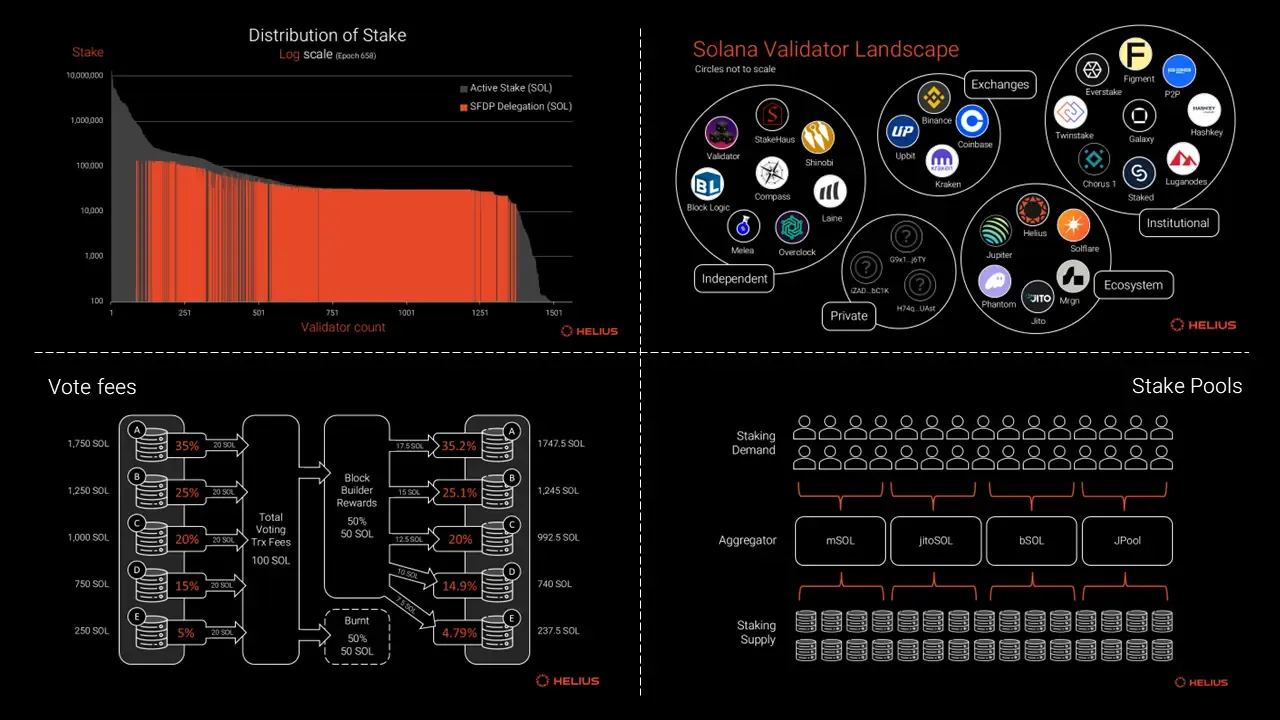
Delegate Accounts for Rollup Execution: Identify and delegate specific accounts to custom SVM validators, enabling isolated, high-speed transaction processing within the rollup session.
-
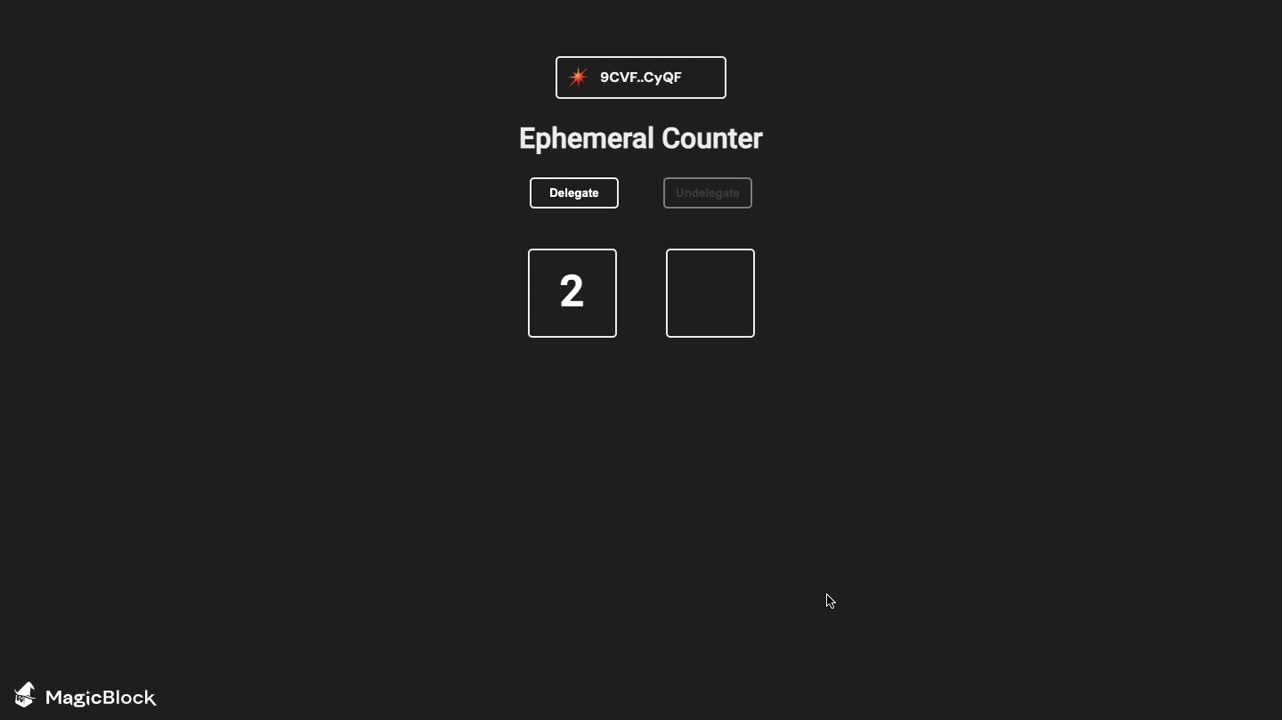
Configure Rollup Parameters: Set custom parameters for your Ephemeral Rollup session, such as block time, fee structure, and latency targets to match your application’s requirements.
-

Implement Gasless Transaction Logic: Design your dApp to utilize zero-fee transactions within the rollup, optimizing for microtransactions and user experience.
-
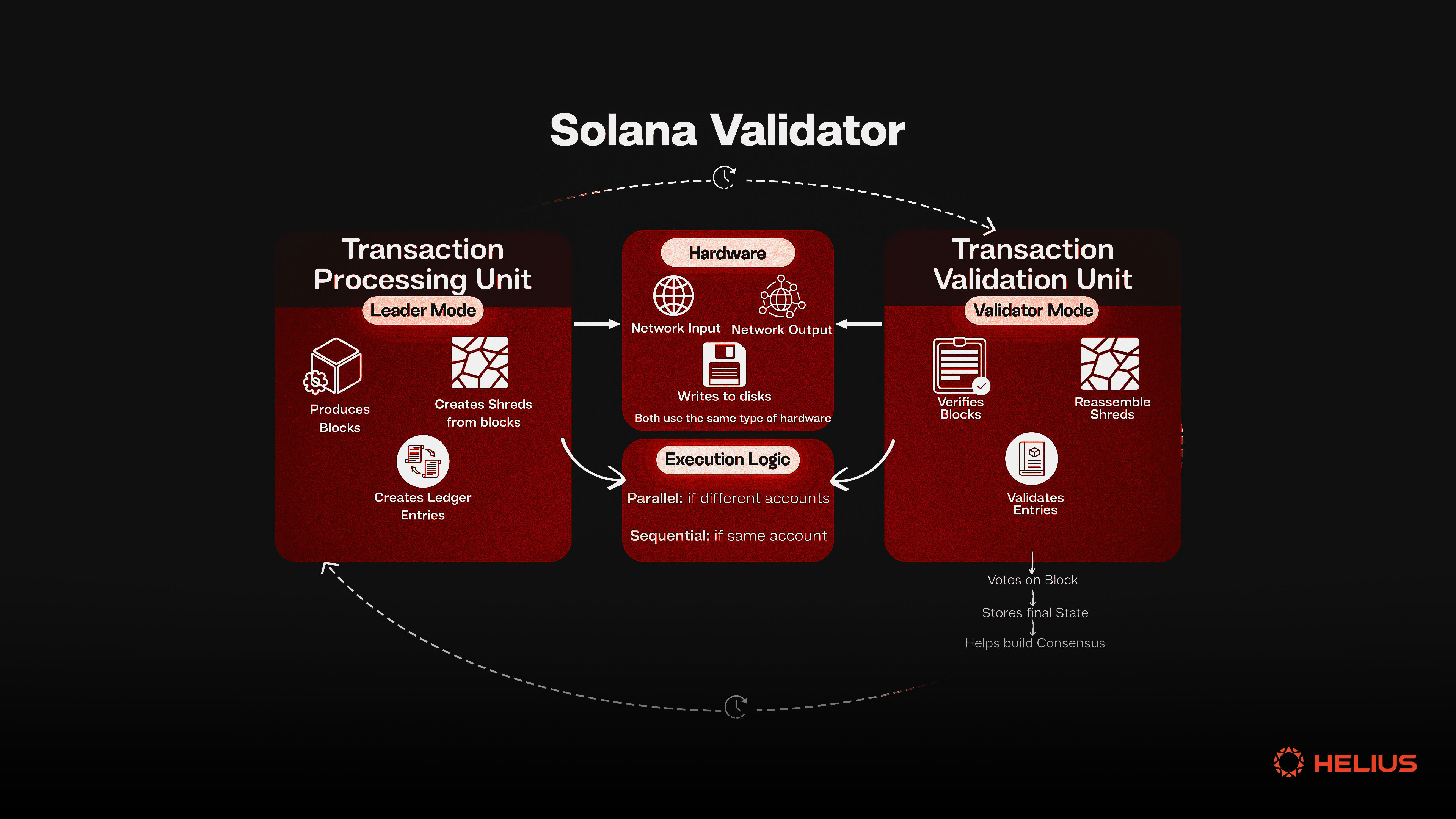
Preserve Mainnet Composability: Ensure all assets remain on Solana’s main chain during rollup sessions to maintain full composability and liquidity access—no bridges or new tokens required.
-
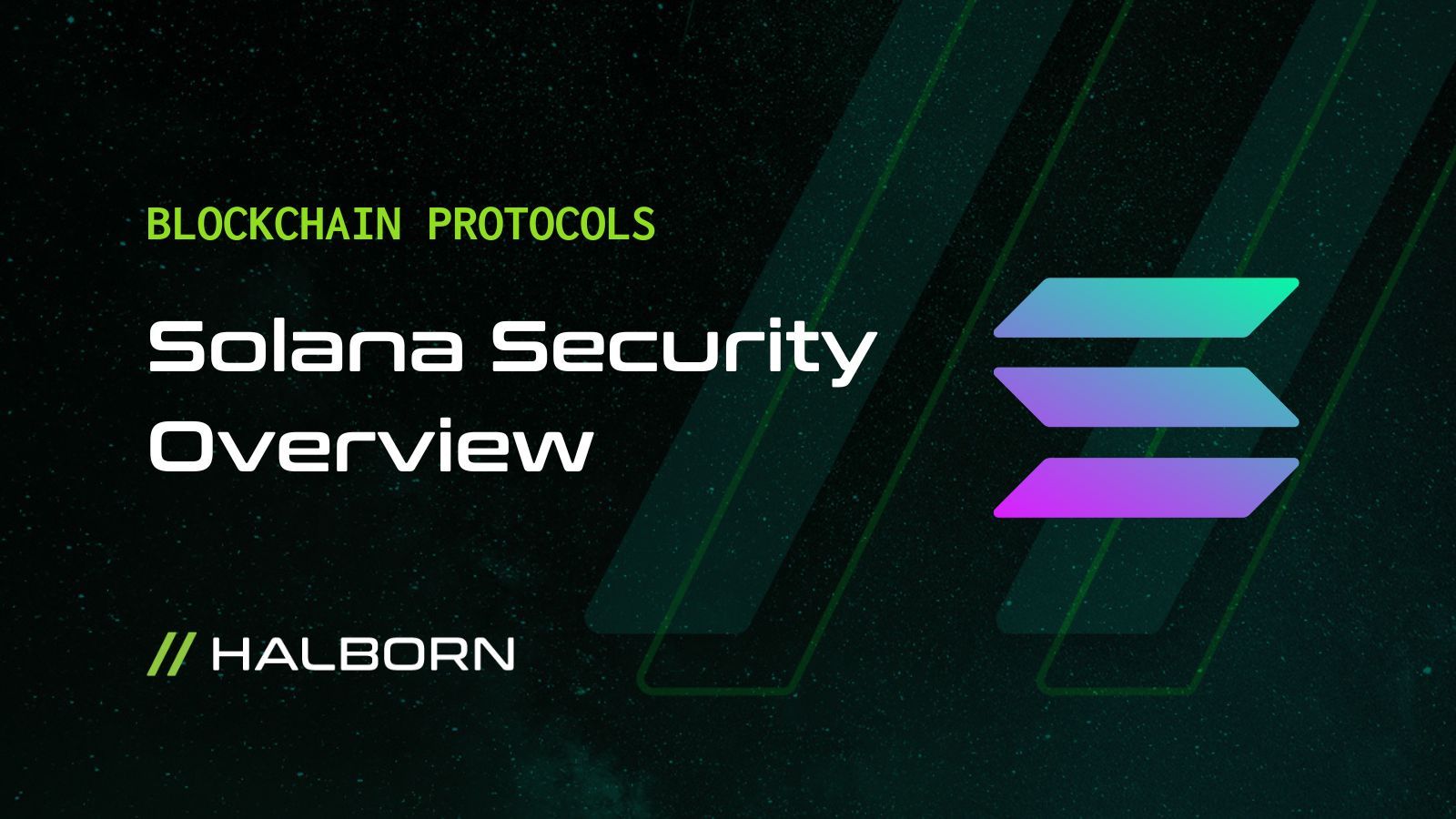
Integrate Security Committee Verification: Set up a security committee to verify and approve state changes before committing them back to Solana’s mainnet, ensuring robust security and finality.
-
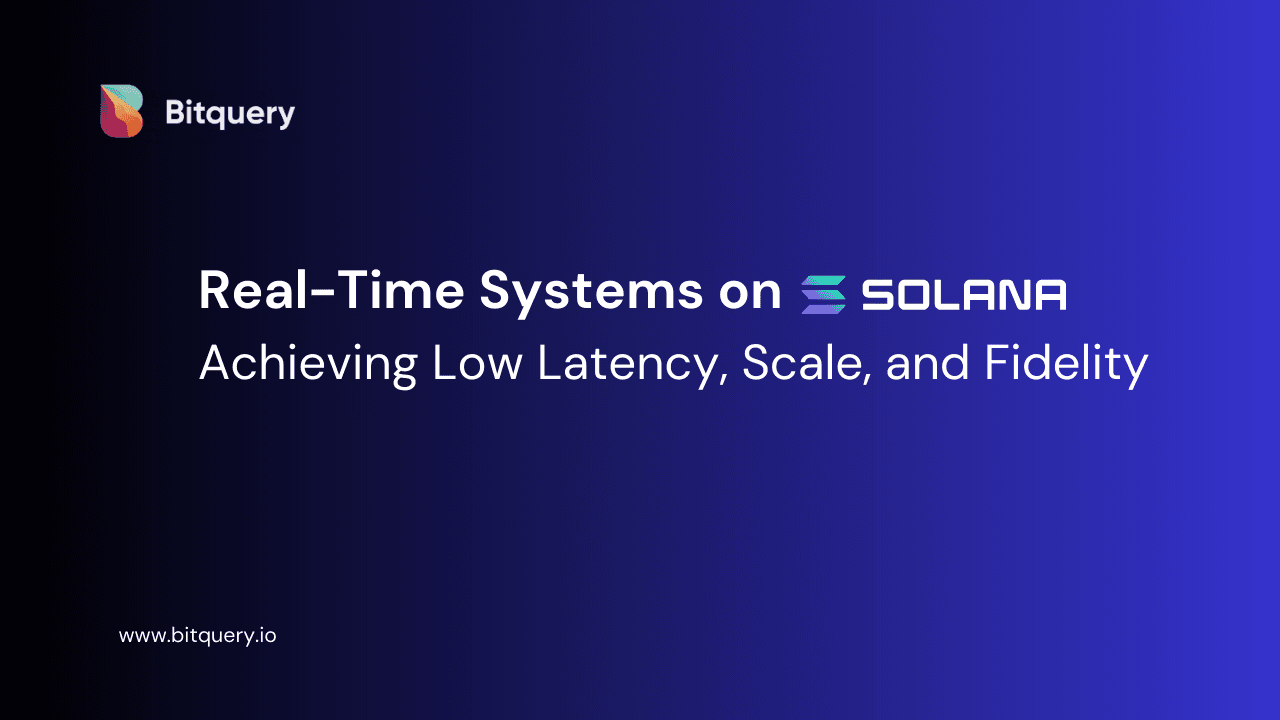
Monitor Performance and Latency: Continuously track transaction throughput and latency (aiming for sub-50ms globally) to ensure your dApp delivers real-time responsiveness.
-
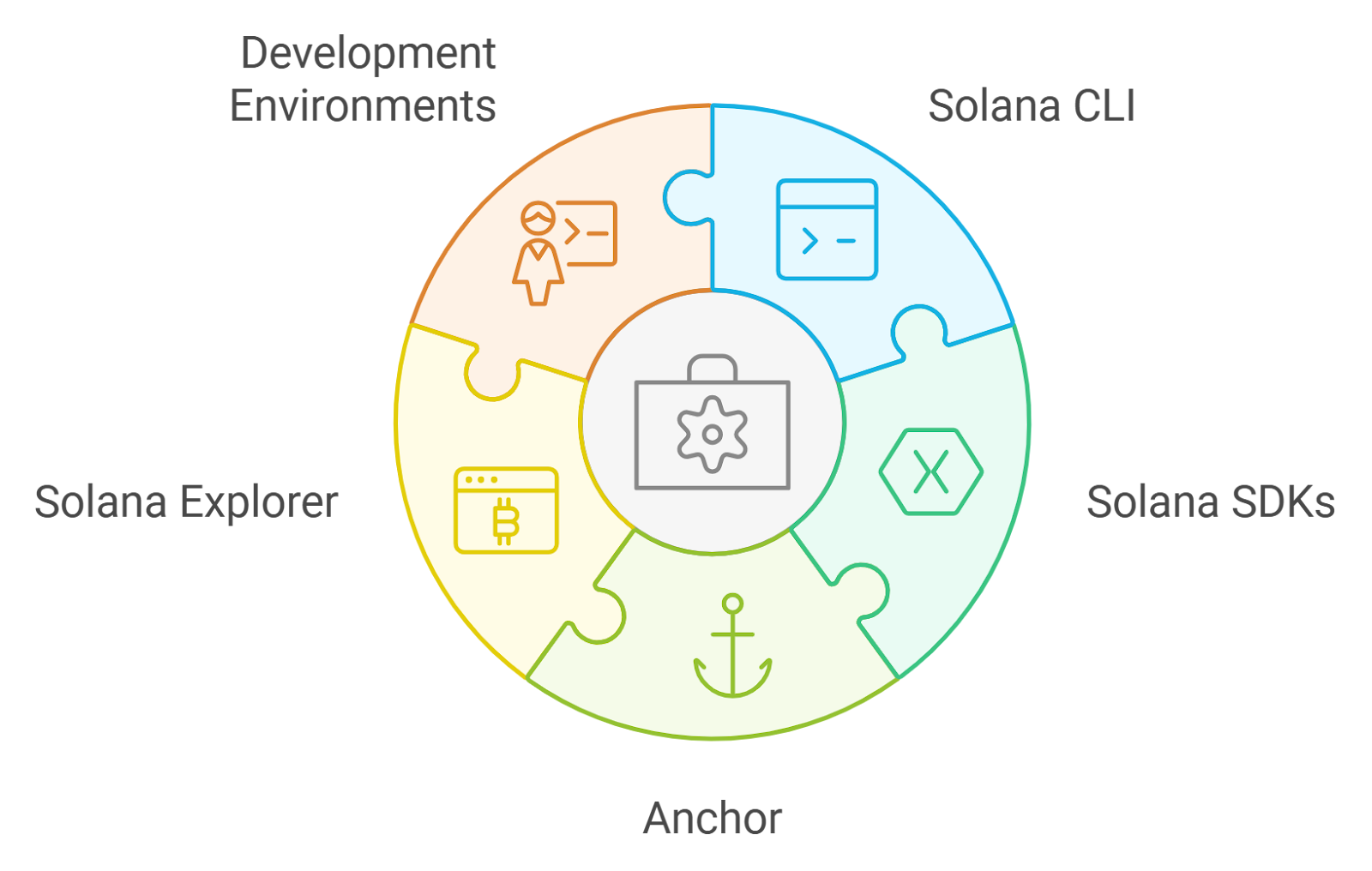
Test for Scalability and Fault Tolerance: Simulate high-load scenarios to validate that your dApp can scale horizontally and handle millions of transactions per second using on-demand rollups.
-
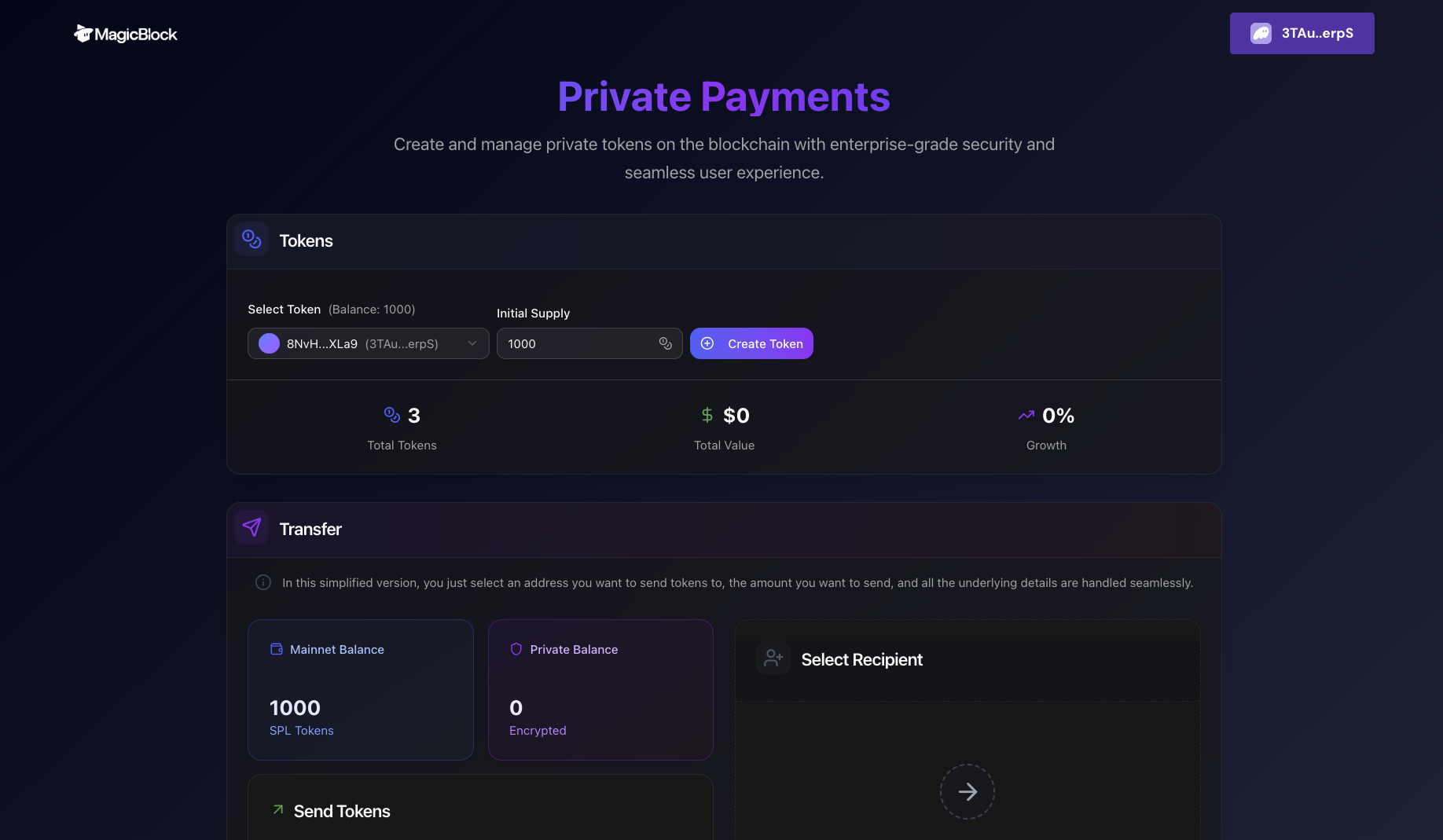
Review Documentation and Community Resources: Stay updated with the latest MagicBlock Ephemeral Rollups documentation and Solana developer forums for best practices and updates.
What’s Next for Adaptive Blockchain Scaling?
The emergence of Ephemeral Rollups signals a broader shift toward modular, adaptive blockchain architectures. As Solana continues to push the envelope on throughput and composability, expect to see more projects experimenting with rollup-on-demand models, not just in gaming and DeFi, but also in social platforms, real-time analytics, and beyond.
For investors and builders watching the market, pay close attention to how network usage patterns evolve as more dApps integrate Ephemeral Rollups. With SOL trading at $192.99, the ability to handle surges in demand without sacrificing performance or composability could be a decisive factor in Solana’s continued dominance as a leading blockchain scalability solution.
For those interested in exploring the next wave of Solana’s modular architecture and its implications for real-world applications, further resources are available at Superchain Thesis. The era of adaptive blockchain scaling is here, and Ephemeral Rollups are at its forefront.



